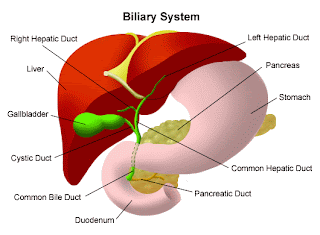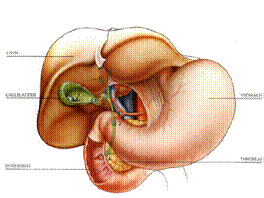
Soups
YES - no fat soups, clear or thick soup of vegetables, soup of lean meat, lean soup from bones, soup of rice, semolina and potato soup (without cream), tomato soup, small pasta, grits or rice can be cooked.
NO - cream soups, soups with added fat, all fat from chicken soup, beef, bone, dried meat and soup concentrates, soup of cabbage.
Desserts and else
YES - sorbet with low fat milk, low fat frozen yogurt, jelly, graham crackers, puddings based on low-fat milk, cakes and cookies without fat, hard candy, jam, marmalade, apple strudel from pealed apples, pancakes with cheese, mash apple or jam.
NO - ice cream, fatty cakes and pastries filled with cream, donuts, puddings from whole-fat milk, chocolate.
Spices
YES - salt, herbs, mild vinegar
NO - all sharp spices - onion, garlic, pepper, strong vinegar, red cayenne pepper, mustard, all sauces,







